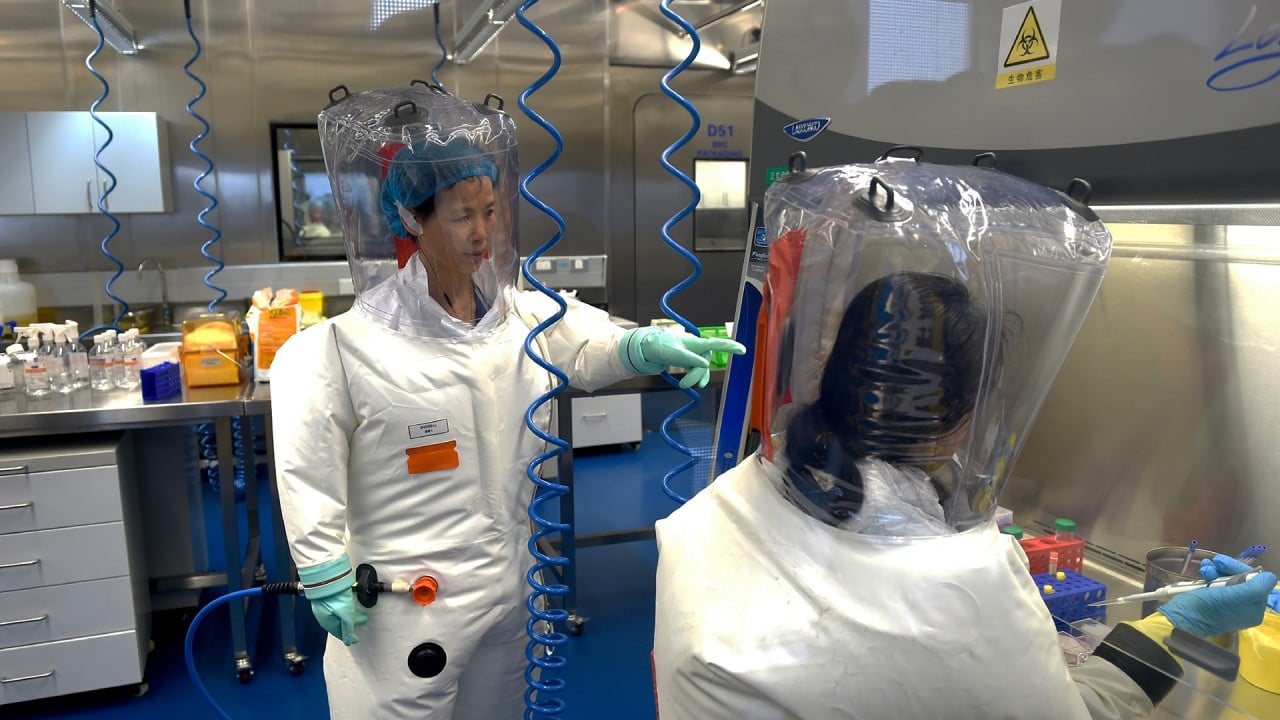Advertisement
Analysis | China’s plan to boost innovation and what it could mean for research in Greater Bay Area
- Five-year plan included overhaul of state key laboratories
- Government also vowed to do more to attract domestic and foreign talent
Reading Time:4 minutes
Why you can trust SCMP

China is looking to revamp its “national team” in the global competition for scientific and technological leadership, including bigger roles for its companies and attracting more international talent to join. Some experts think the strategy would particularly benefit the government’s Greater Bay Area scheme, which includes Hong Kong and Shenzhen.
Advertisement
The new five-year plan – China’s policy outline for 2021 to 2025 – said it would push the development of its national laboratories and overhaul its network of over 500 state key laboratories.
What are these laboratories?
As of last year, China had 515 state key laboratories and a few national laboratories. They are among the leading research and development forces in the country, exploring a wide range of scientific frontiers from atomic physics to the coronavirus.
The State Key Laboratory of Virology, for instance, is under the Wuhan Institute of Virology, which has gained wider attention during the Covid-19 pandemic.

02:24
Coronavirus: A look inside China’s Wuhan Institute of Virology
Coronavirus: A look inside China’s Wuhan Institute of Virology
More than half of these laboratories are linked to universities or science and technology institutes, focusing on upstream and basic research, while another significant proportion are tied to state-owned enterprises, which are traditionally more focused on midstream technologies development. There are also scores of labs affiliated with companies such as Huawei and Haier.

Advertisement